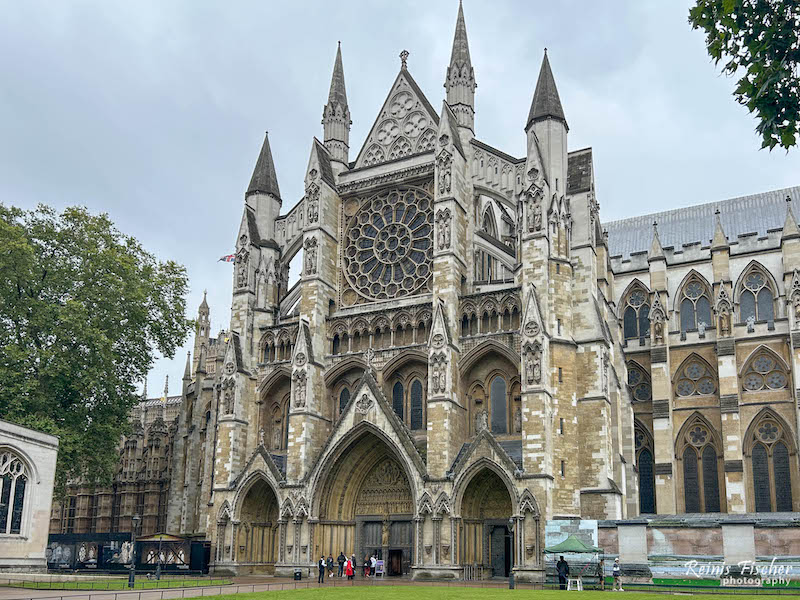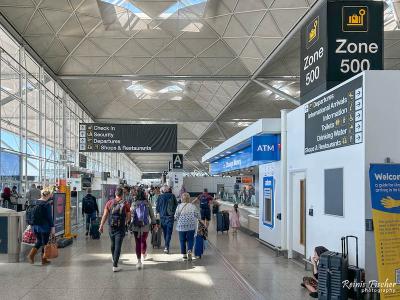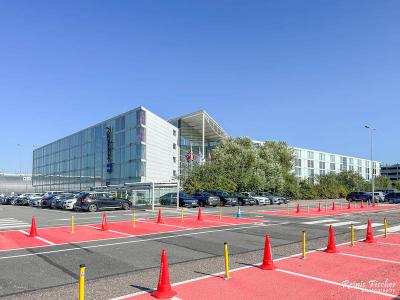Westminster Abbey, formally titled the Collegiate Church of Saint Peter at Westminster, is an Anglican church in the City of Westminster, London, England. Since 1066, it has been the location of the coronations of 40 English and British monarchs, and a burial site for 18 English, Scottish, and British monarchs. At least 16 royal weddings have taken place at the abbey since 1100.
I had a chance to visit the famous Abbey at the start of August 2023, during my birthday trip to London
Although the origins of the church are obscure, there was certainly an abbey operating on the site by the mid-10th century housing Benedictine monks. The church got its first grand building in the 1060s under the auspices of the English king Edward the Confessor, who is buried inside. Construction of the present church began in 1245 on the orders of Henry III. The monastery was dissolved in 1559 and the church was made a royal peculiar—a Church of England church responsible directly to the sovereign—by Elizabeth I. In 1987, the abbey, together with the Palace of Westminster and St. Margaret's Church, was designated a UNESCO World Heritage site because of its historic and symbolic significance.

Although historians agree that there was a monastery dedicated to St. Peter on the site prior to the 11th century, its exact origin is somewhat obscure. One legend claims that it was founded by the Saxon King of Essex Sæberht, and another that its founder was the fictional 2nd-century British king Lucius.
One tradition claims that a young fisherman on the River Thames had a vision of Saint Peter near the site. This seems to have been quoted as the origin of the salmon that Thames fishermen offered to the abbey, a custom still observed annually by the Fishmongers' Company.
The origins of the abbey are generally thought to date to c.960, when Saint Dunstan and King Edgar installed a community of Benedictine monks on the site.
At that time, the location was an island in the middle of the River Thames called Thorn Ey. The buildings from this time would have been wooden, and have not survived.





